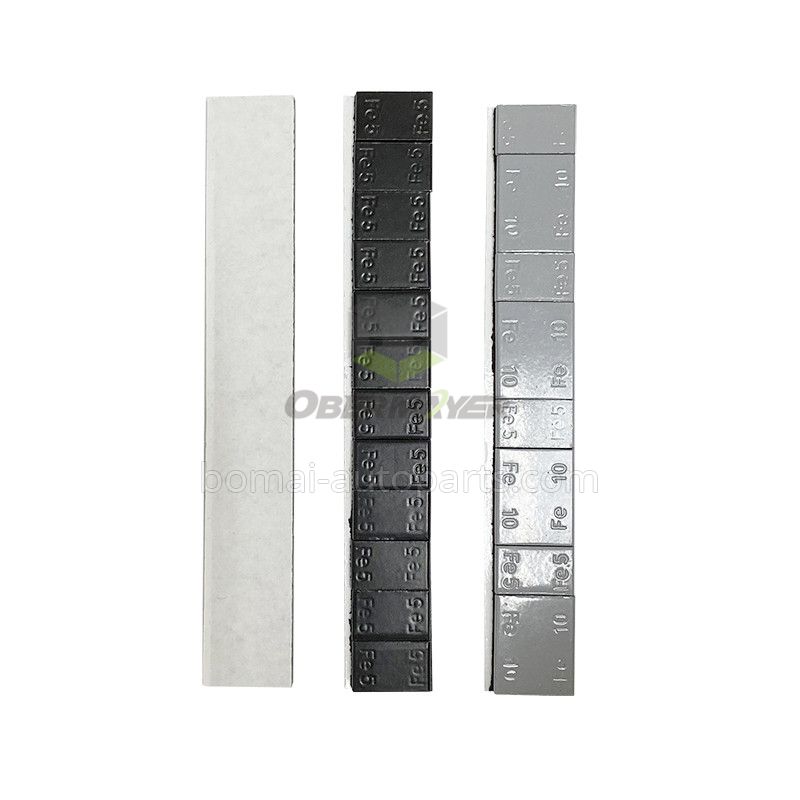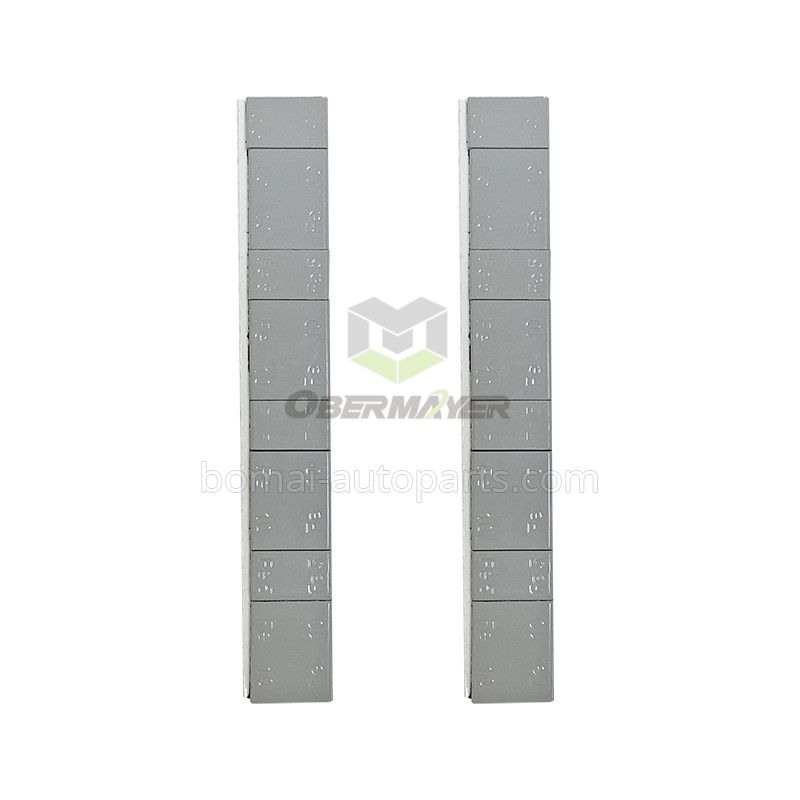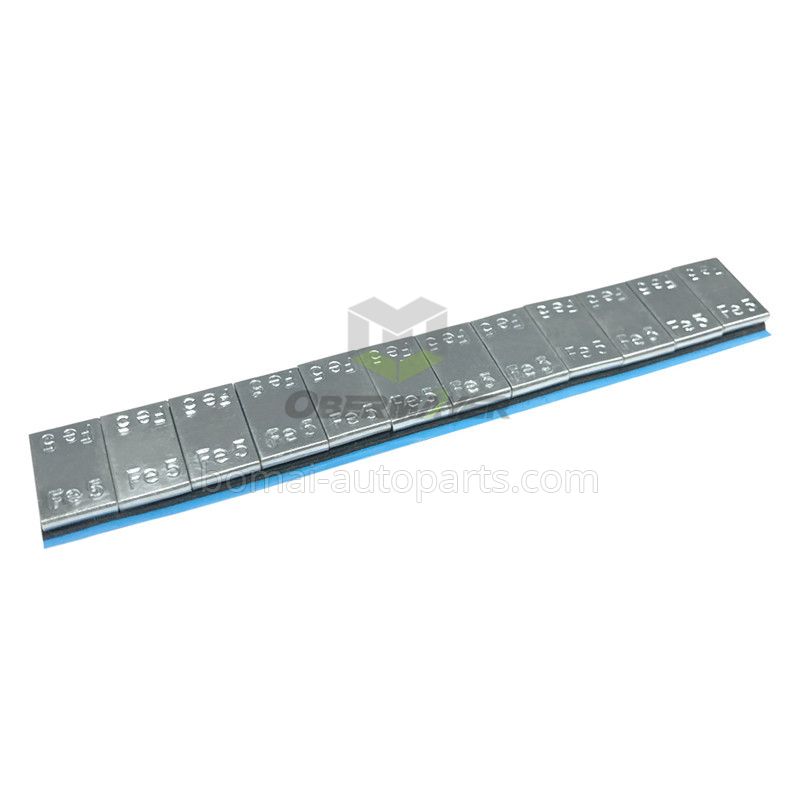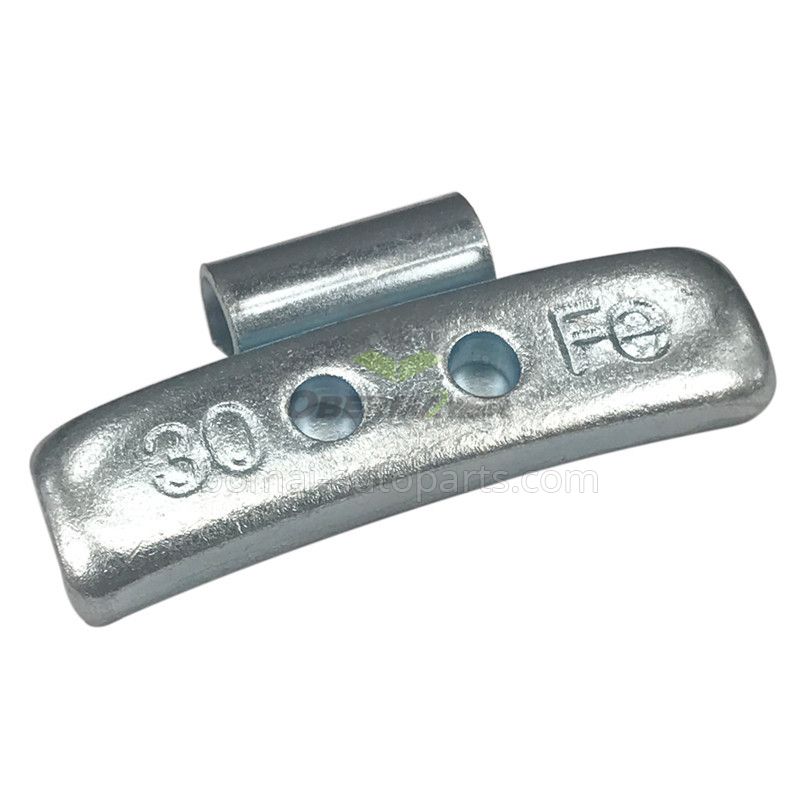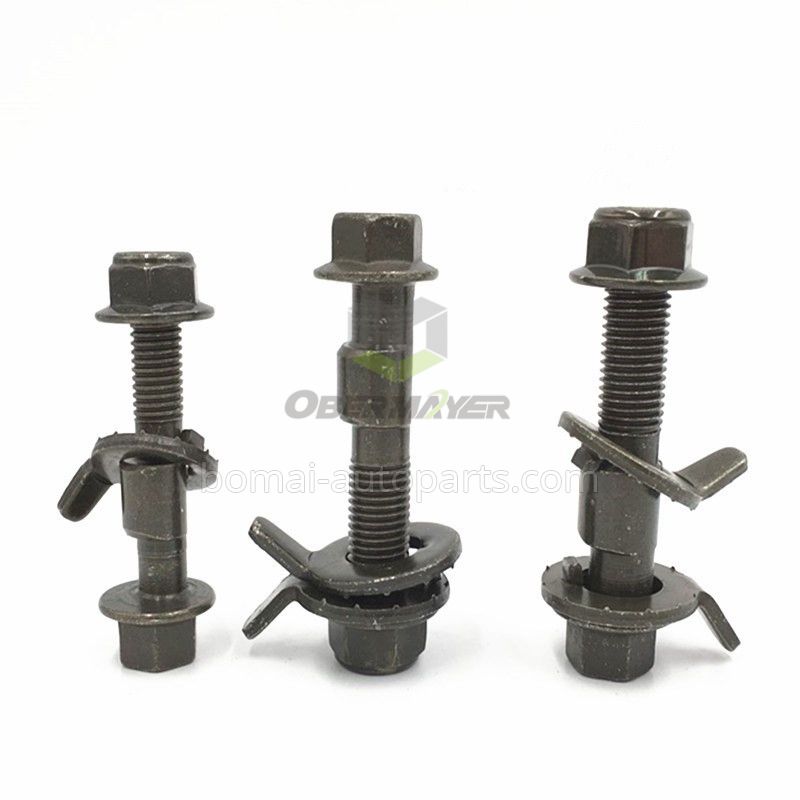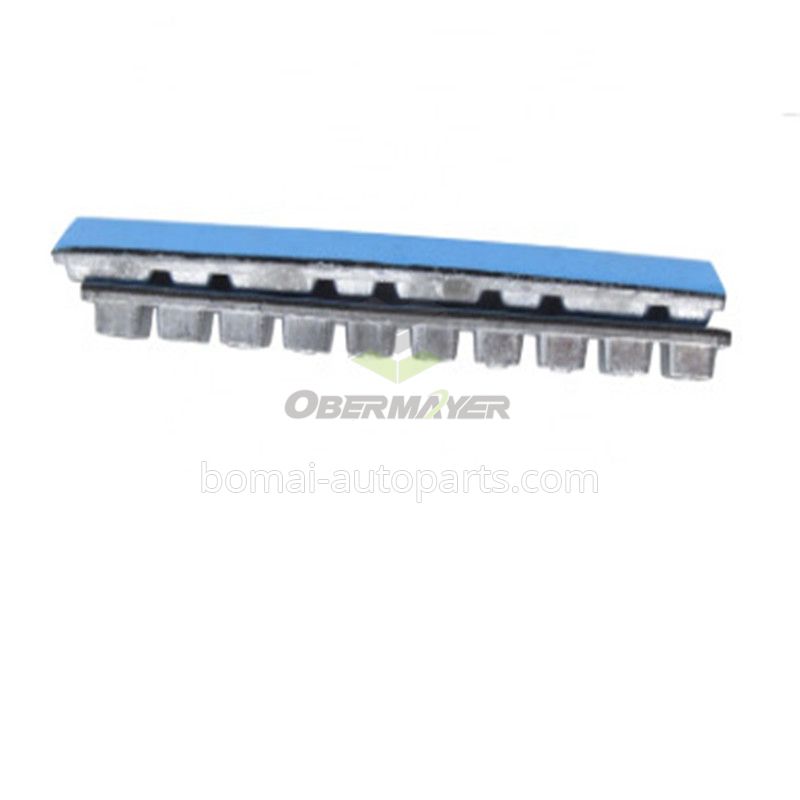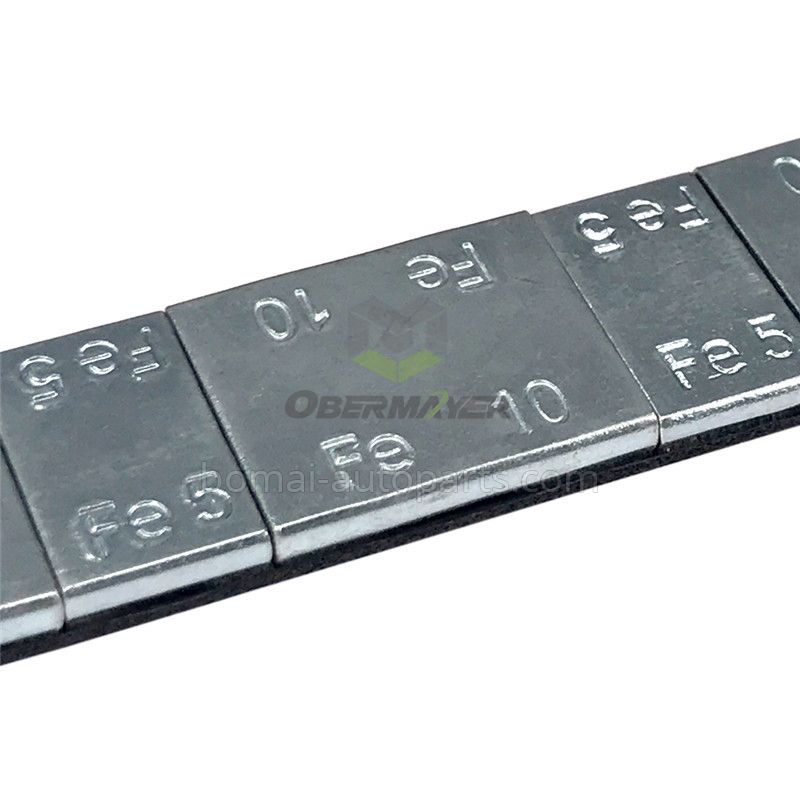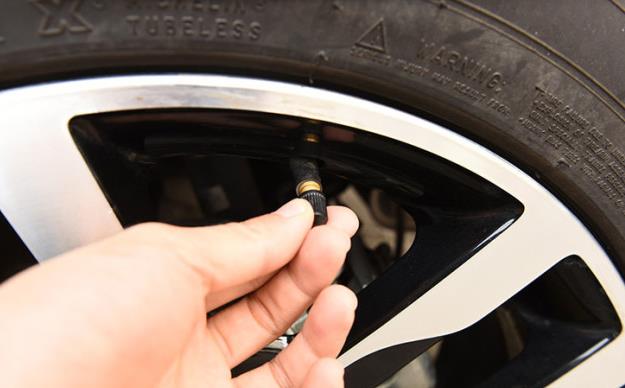How to Reset the Tire Pressure Sensor
The National Highway Traffic Safety Administration (NHTSA) requires all models of cars and light trucks newer than 2008 to be equipped with a tire pressure sensorsystem. This law was enacted due to the high accident and mortality rate of cars and trucks with overinflated or underinflated tires being involved in tire blowouts or rollover accidents.
Direct or Indirect Monitoring System
There are two types of tire pressure monitoring systems (TPMS): direct and indirect. Each tire pressure system monitors the tire pressure within each of the tires and alerts the driver of low tire pressure (25 percent or more below or above recommended inflation pressure); however, the two systems monitor that pressure in two different ways.
The direct TPMS is used more often in the United States. The sensors are located in the tire pressure valve, which acts as an antenna, or are wrapped around the rim of the wheel with a band clamp. These devices transmit the information to an on-board computer. However, these devices can throw off the balance of a tire and can corrode in severe weather conditions.
The indirect TPMS is used more often in Europe. The sensors are located within the ABS braking system and/or the speed sensors of each wheel. They monitor the speed of the rotations of the wheels for any change since underinflated tires are smaller and rotate faster. Though they do not affect tire balance nor corrode, they must be reset with a scanning tool whenever tires are replaced or rotated.
Resetting Tire Pressure Sensor
Determine the type of TPMS system. If your car uses a direct system, resetting the tire pressure sensors may be as simple as pushing a reset button on the dash or following a menu as indicated in your owner's manual. If your car uses an indirect system, the system must be reset using a magnet or scanning tool by either a dealer or one you have bought yourself. Some systems have a reset button inside the glove box that needs to be pressed and held down for three seconds with the ignition on.
Inflate the tires. Make sure all tires are properly inflated. Remember you are setting the sensors back to "zero" so all tires must be properly inflated otherwise the sensors will not be calibrated properly and their readings will be incorrect.
Check the battery. If your car uses a battery to power the sensor, be sure that it is not dead. It is a good idea to replace the battery every five years. Sometimes this requires replacing the entire sensor unit since the battery is built-in.
Recalibrate the transponders. Each wheel has its own transponder. Rotating the wheels changes the location of each responder and the TPMS must learn their new locations. This relearning procedure differs from vehicle to vehicle but may be found in the TPMS chart in your manual or online. It is a good idea to change valve stems when getting new tires if the valve stems are also the tire pressure sensors.
Use the magnet method. With the key on but the engine off, press both the lock and unlock buttons on the key fob. After an initial chirp, place a magnet over each of the valve stems until the horn chips for each one in this order: left front, right front, right rear and left rear. Verify that the pressure readings are displayed on the driver information center.
Use the scan tool method. If no sensors are being replaced, you can follow the menu prompts for TPMS Reprogramming Procedure listed in the owner's manual.




